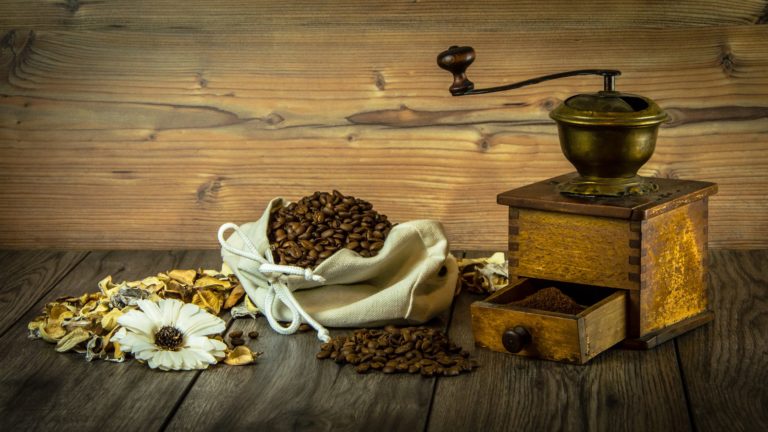
Coffee is thought of today as the ultimate pick-me-up for those seeking that boost of caffeine to get the engine running! The rival to tea and other caffeinated beverages, coffee definitely stands tall above the rest. Whether hot, iced, or even frozen, coffee can be enjoyed in many ways. The rich and storied history of coffee is, in my opinion, one of the many things that make it so great. The purpose of this piece is to give a compact but still informative history on this aromatic, delightful beverage.
Who first discovered coffee? This most popular answer to this question can be found in an old folk tale an Arab Ethiopian goatherd by the name of Kaldi. Kaldi worked as a goatherd along the forests in Ethiopia. One day, he found his goats dancing and jumping around, seemingly without cause! It was upon further inspection that he noticed that the goats were eating the cherries off of a nearby bush. Kaldi ate one himself and the next thing he knew, he was dancing and jumping right alongside the goats! He took the seeds from these cherries to his local monastery. The head monk did not approve of the use of these seeds, so he threw them into a fire! The aroma that the burning seeds gave off was so enticing that they were scraped from the fire, ground until they were extremely fine, and mixed in with water to create the very first cup of coffee!

15th century
Word traveled quickly of this newfound marvel, ultimately reaching the Arabian peninsula, where it would then travel across the world. By the 15th century, coffee was being grown regularly in Arabia. By the 16th century, coffee had made its way to Turkey, Syria, Persia, and Egypt! It was during this time period that the first coffee houses began to sprout up, which would spread across the globe as well. It was during the 17th century that coffee was introduced in Europe. Unfortunately, coffee was not always seen in a positive light. In the year 1615, coffee was actually condemned by the clergymen of Venice! The controversy surrounding the beverage became so great that Pope Clement VIII had to intervene. He tried a cup of coffee himself before making any final decisions on the issue, and he loved it so much that he gave it his approval!
Even with the controversy surrounding this newfound delight, coffee houses were sprouting up left and right. They provided a place for people of all intellects to gather together and share in conversation over an inexpensive cup of coffee. By the time the mid-17th century rolled around, over 300 coffee houses had been built in London alone! By the mid-1600s, coffee was finally brought to America. Coffee houses were built fairly quickly in New Amsterdam and other parts of America, although tea remained the preferred drink until the events of the American Revolution unfolded, namely the Boston Tea Party, in which the preference would change from tea to coffee.

After coffee dethroned tea as the favored beverage, plantations began to pop up around the world. The Dutch were successful in Batavia, especially on the island of Java which eventually became Indonesia. They eventually cultivated from successful plantations on the islands of Sumatra and Celebes as well. Fruitful coffee plantations could eventually be found in Paris, the island of Martinique, and then the Caribbean along with South and Central America. By the time the 18th century was coming to an end, coffee had become one of the most profitable and sought after commodities in the world, which is still true to this day.